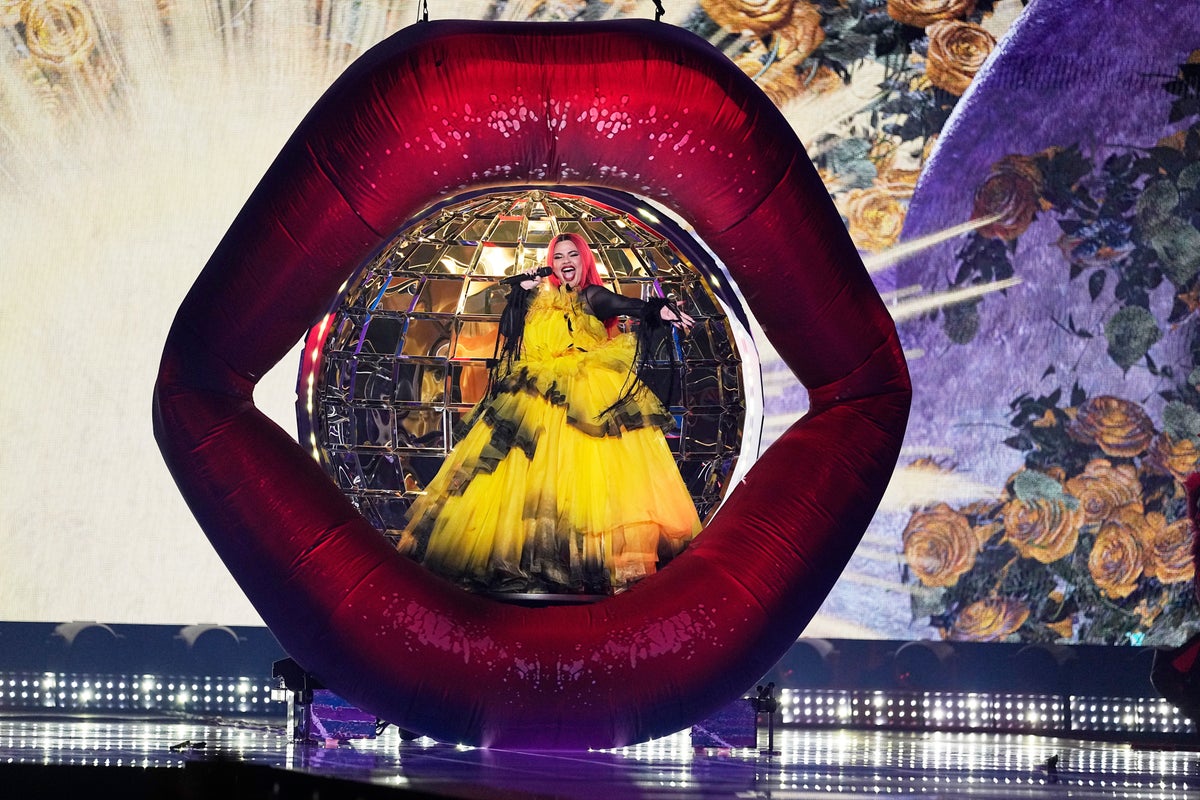From Thoughts to Treasure The Art of Bottled Journaling
Discover how bottled journaling turns everyday reflections into timeless treasures, blending creativity, mindfulness, and personal storytelling.

In a world increasingly shaped by screens and digital notifications, the tactile charm of analog creativity offers a refreshing retreat. Bottled journaling is one such art—a captivating blend of memory-keeping, mindfulness, and imaginative storytelling. Unlike traditional notebooks, bottled journals invite you to capture fleeting thoughts, moments, and reflections inside a glass container. This practice transforms intangible feelings into tangible treasures, giving new life to both journaling and emotional well-being.
The growing popularity of bottled journaling is no accident. As modern education moves beyond rote memorization and into the realm of emotional intelligence, self-awareness, and creativity, new tools are needed to bridge personal growth with lifelong learning. One such innovative tool is found in 21st Century Learning Creative Journals In A Bottle, a concept that merges journaling with design thinking, empathy, and experiential learning. These journals are not just a quirky way to document memories—they are a transformative method of engaging with the self and the world.
What Is Bottled Journaling?
Bottled journaling involves writing short reflections, memories, affirmations, or dreams on small slips of paper and placing them into a bottle. These bottles can be thematic—one for gratitude, another for dreams, or even a bottle of fears to confront later. Over time, the bottle becomes a miniature archive of your inner landscape, a personal museum that you can return to when you seek comfort, clarity, or inspiration.
Unlike standard journals, bottled journals are inherently symbolic. Each message is encapsulated and stored, creating the emotional impact of “preserving” a moment. This metaphorical layer transforms journaling from a linear routine into a ritual of emotional alchemy—turning fleeting thoughts into treasures.
Why It Resonates Today
In the digital age, information is abundant, but meaning is often lost. Students, educators, parents, and even psychologists are now recognizing the need for reflective practices that nurture both cognitive and emotional intelligence. Bottled journaling speaks to this need. It invites users to slow down, reflect deeply, and be intentional with their words.
This creative act encourages mindfulness, gratitude, and emotional expression—key pillars of well-being in our fast-paced culture. Children who bottle their dreams, teenagers who archive their emotions, and adults who document gratitude all participate in a deeply human endeavor: the art of storytelling through time.
Bottled Journaling as a Learning Tool
Bottled journaling isn’t just a therapeutic outlet; it’s also a powerful educational tool. Teachers are increasingly introducing it in classrooms to foster emotional literacy and introspection. Students can bottle their thoughts after a lesson, express what they learned, or note questions they still have. This approach encourages metacognition and helps students understand how they learn, not just what they learn.
It also supports cross-curricular learning. In literature, students might write a note as if they were a character in a novel. In science, they can bottle hypotheses or observations. In history, journaling as a historical figure helps personalize abstract timelines. The simplicity of the method is its strength—it adapts seamlessly across age groups and disciplines.
Designing Your Own Bottle Journal
Creating a bottle journal is as simple or elaborate as you want it to be. Start with a clean glass bottle—something transparent works best so you can see the contents grow over time. Use small pieces of paper, preferably in different colors to reflect different emotions or themes. A color code might represent joy, sorrow, fear, or hope.
Write daily or weekly. Keep it consistent but pressure-free. This isn’t about perfection—it’s about presence. Some people decorate their bottles with paints, ribbons, or tags, turning them into art objects that reflect the journaler’s personality.
The joy of bottled journaling is that it evolves. As your life changes, so will the contents of the bottle. Opening it months or years later can be a powerful emotional experience—an encounter with a former self preserved in time.
The Educational Value of Creative Archives
When students create bottle journals, they’re also building creative archives. These are not just containers of thoughts; they’re evolving narratives of identity, resilience, and self-discovery. Unlike test scores or report cards, these archives offer qualitative insights into emotional growth and intellectual curiosity.
In classrooms that embrace project-based learning, bottle journals become part of a learner’s portfolio. They serve as formative assessments of how students process experiences, handle setbacks, and grow emotionally. In schools aiming to implement SEL (Social and Emotional Learning), bottle journaling aligns perfectly with these goals.
Programs like 21st highlight how education can be both innovative and intimate. These journals are tools that empower learners to document their emotional and intellectual journeys, and teachers to better understand their students as whole people. By integrating creativity, reflection, and documentation, this approach redefines what it means to “keep a journal.”
Parent-Child Bonding Through Journaling
Bottled journaling also offers a beautiful way for parents to connect with their children. Shared journaling bottles can become a family ritual—where each member writes a weekly note about something they’re grateful for or a memory they want to preserve. Opening these bottles during holidays or birthdays becomes a joyful and emotional tradition.
This practice not only strengthens emotional bonds but also models expressive behavior for children. They learn that it’s okay to articulate feelings, to be vulnerable, and to treasure everyday moments. In doing so, families foster resilience, empathy, and emotional awareness—skills more vital today than ever.
Therapeutic Potential and Mindfulness
Therapists and counselors are exploring bottled journaling as a therapeutic intervention. For clients struggling with anxiety or trauma, the simple act of writing and storing emotions can provide a sense of release. Bottled notes can be metaphorically “put away,” symbolizing the process of emotional containment and eventual resolution.
For individuals practicing mindfulness, the method offers a quiet moment of reflection. Writing a gratitude note each day to place in a bottle, for instance, rewires the brain to notice positivity. Over time, this can significantly boost emotional well-being and self-esteem.
Final Thoughts
In an era where we are constantly pushed to look outward—toward goals, achievements, and comparisons—bottled journaling invites us inward. It allows for stillness in motion, clarity in chaos, and presence amid distraction. Whether you are a teacher guiding students, a parent building family rituals, or an individual seeking peace, the art of bottled journaling offers a path toward deeper connection and self-awareness.
represents more than a product or program—it symbolizes a shift in how we think about learning, memory, and expression. By combining simplicity with depth, it creates space for stories to be captured, emotions to be honored, and thoughts to be transformed into lifelong treasures.





















































































